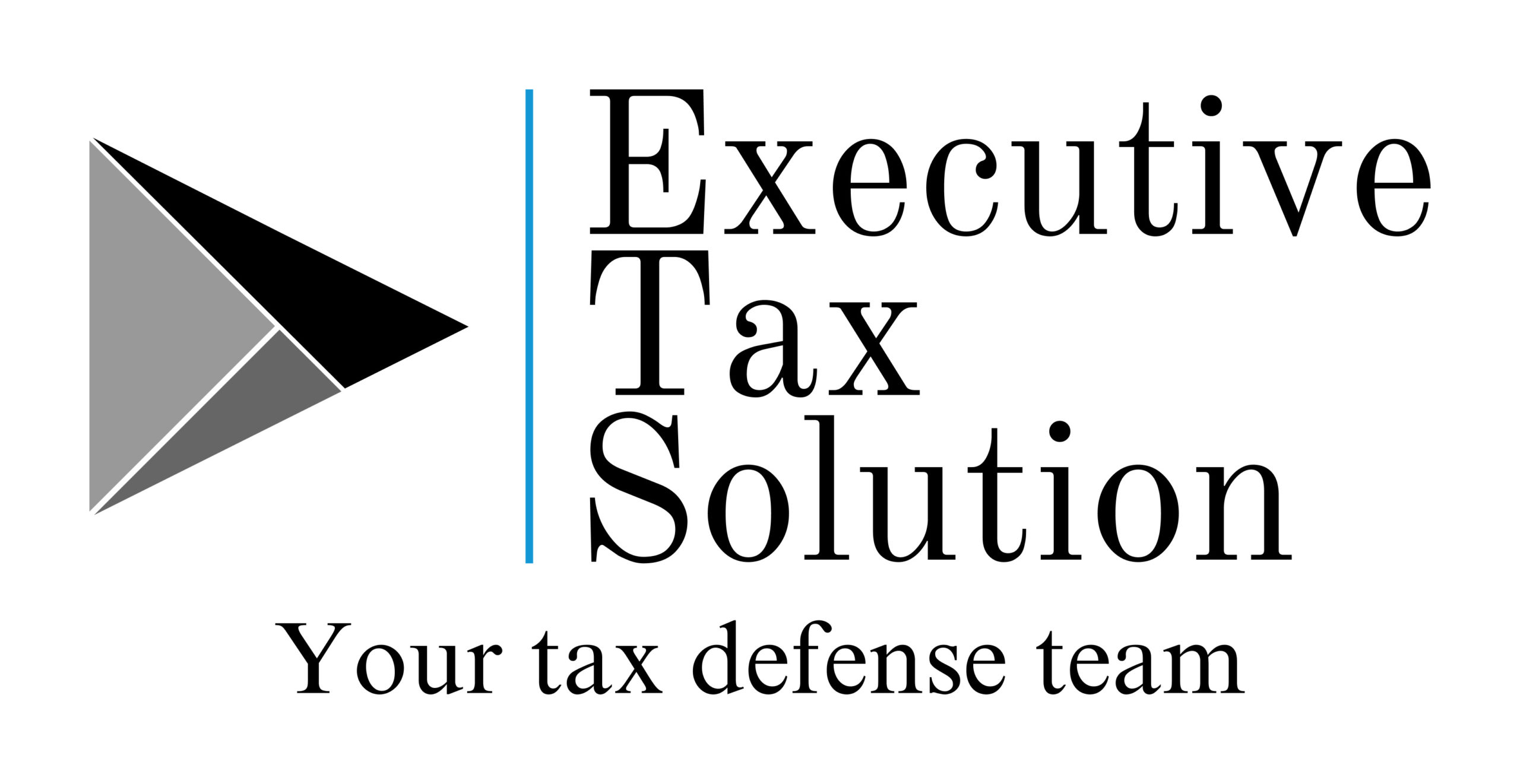Discover the Path to Reducing Your Tax Debt Through an Offer in Compromise
Understanding the Basics of an Offer in Compromise
An Offer in Compromise (OIC) is a program by the Internal Revenue Service (IRS) that allows taxpayers to settle their tax debts for less than the full amount owed. It’s a form of tax relief that can provide a fresh start for those struggling with significant tax liabilities. However, not everyone qualifies for this program, and understanding the eligibility criteria is crucial.
Who is Eligible for an Offer in Compromise?
1. Compliance with Tax Filing and Payment Requirements
To be considered for an OIC, you must have filed all required tax returns and made all required estimated tax payments. If you’re an employer, you must have also made federal tax deposits for the current and past two quarters.
2. No Open Bankruptcy Proceedings
Applicants cannot be in an open bankruptcy proceeding. The IRS will only consider offers from individuals who have resolved any bankruptcy issues before applying.
3. Valid Extension for Current Year Return
If you’re applying for an OIC for the current year, you must have a valid extension for the current year’s return.
4. Meeting the Low Income Certification Guidelines
For those who meet the low-income certification guidelines, the application fee and initial payment requirements are waived, easing the process for individuals facing financial hardship.
The Process of Applying for an Offer in Compromise
Step 1: Preliminary Proposal
Before applying, it’s recommended to use the Offer in Compromise Pre-Qualifier Tool to confirm eligibility and prepare a preliminary proposal.
Step 2: Submitting Your Application
The application package includes Form 433-A (OIC) for individuals or 433-B (OIC) for businesses, along with the required documentation and Form 656.
Step 3: Selecting a Payment Option
You must choose between a lump-sum or periodic payment option when submitting your initial payment with the application.
What Happens After You Submit an Offer in Compromise?
Once submitted, the IRS will review your offer, and during this time, non-refundable payments and fees are applied to the tax liability. It’s important to understand that while an OIC can provide significant relief, it requires careful consideration of your financial situation and compliance with IRS requirements.
For those living in Sachse or anywhere else, an Offer in Compromise could be the key to overcoming burdensome tax debt. By meeting the eligibility criteria and following the application process, taxpayers can navigate their way to a more stable financial future.
This article provides a general overview of the Offer in Compromise program and its eligibility criteria. For more detailed information and guidance, it’s advisable to consult with a tax professional or visit the IRS website.

